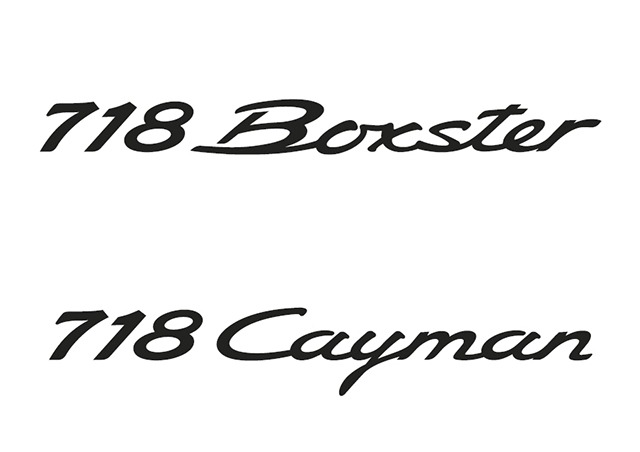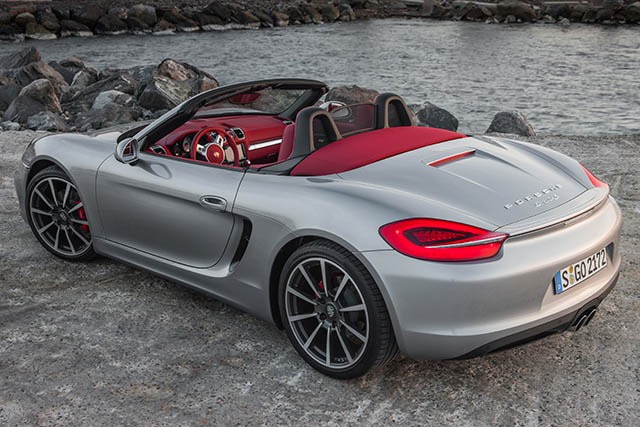Search the Community
Showing results for tags 'Boxster'.
-
ATLANTA, March 1, 2016 /PRNewswire/ -- Porsche Cars North America, Inc. (PCNA), importer and distributor in the United States of Porsche 918 Spyder, 911, Boxster, and Cayman sports cars, Macan and Cayenne SUVs, and the Panamera four-door sports sedan line-up, today announced February 2016 sales of 3...
-
Next year will see the introduction of the next-generation Porsche Boxster and Cayman. The new models will also boast new names; the 718 Boxster and 718 Cayman. You might be wondering what the deal is with 718. Porsche didn't just pull this number out of hat. 718 is referencing the 1959 718 race...
-

Porsche Renames Boxster/Cayman to 718 Boxster and 718 Cayman
William Maley posted an article in Porsche
-

Rumorpile: The Turbocharging of the Porsche Boxster/Cayman
William Maley posted an article in Porsche
-
Chevrolet Speed - Sports Car for the People A Simple Formula 300 hp 3,000 lbs 30,000 Dollars The idea is not to build the best sports car in the world. It is to build the best sports car that the 20~40 demographic can actually afford. It is not the most powerful. It is not the lightest. And it...
- 57 replies
-
- Alpha Platform
- Boxster
-
(and 6 more)
Tagged with:




